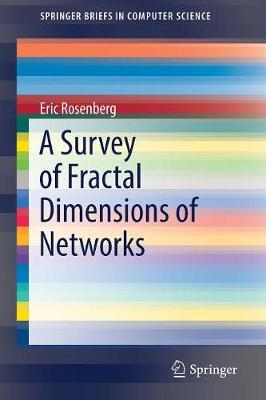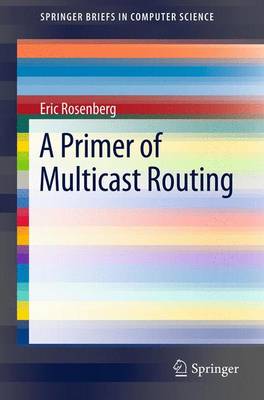SpringerBriefs in Computer Science
2 total works
Many different fractal dimensions have been proposed for networks. In A Survey of Fractal Dimensions of Networks the theory and computation of the most important of these dimensions are reviewed, including the box counting dimension, the correlation dimension, the mass dimension, the transfinite fractal dimension, the information dimension, the generalized dimensions (which provide a way to describe multifractals), and the sandbox method (for approximating the generalized dimensions). The book describes the use of diameter-based and radius-based boxes, and presents several heuristic methods for box counting, including greedy coloring, random sequential node burning, and a method for computing a lower bound. We also discuss very recent results on resolving ambiguity in the calculation of the information dimension and the generalized dimensions, and on the non-monotonicity of the generalized dimensions.
Anyone interested in the theory and application of networks will want to read this Brief. This includes anyone studying, e.g., social networks, telecommunications networks, transportation networks, ecological networks, food chain networks, network models of the brain, or financial networks.
Anyone interested in the theory and application of networks will want to read this Brief. This includes anyone studying, e.g., social networks, telecommunications networks, transportation networks, ecological networks, food chain networks, network models of the brain, or financial networks.
Whereas unicast routing determines a path from one source node to one destination node, multicast routing determines a path from one source to many destinations, or from many sources to many destinations. We survey multicast routing methods for when the set of destinations is static, and for when it is dynamic. While most of the methods we review are tree based, some non-tree methods are also discussed. We survey results on the shape of multicast trees, delay constrained multicast routing, aggregation of multicast traffic, inter-domain multicast, and multicast virtual private networks. We focus on basic algorithmic principles, and mathematical models, rather than implementation level protocol details. Many historically important methods, even if not currently used, are reviewed to give perspective on the evolution of multicast routing.

